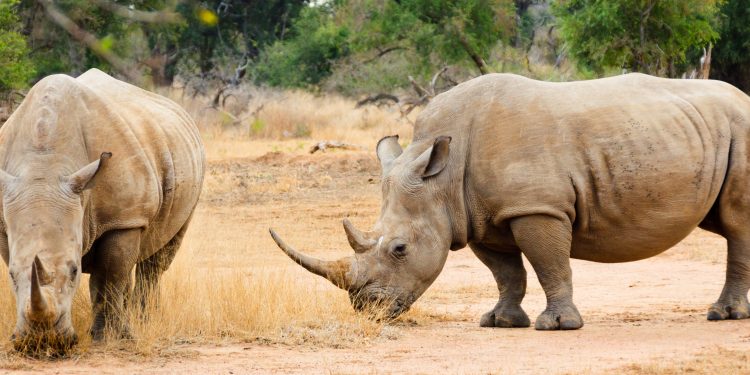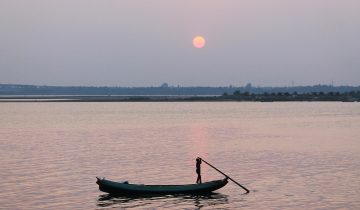21 Rhinos Die in India’s Monsoon Floods

Introduction
Rising floodwaters have engulfed Kaziranga National Park, a famous location in Northeast India housing two thirds of the world’s greater one-horned rhinos. The flooding has spelled the death of over 270 animals, including 15-20 of the horned rhinos, 185 deer, and even 1 Royal Bengal Tiger. The Brahmaputra River has caused prolonged flooding of almost 30 percent of the UNESCO World Heritage site, which is sanctuary to almost all of our country’s rhinos, elephants, hog deer, and over 30 species more. Reporters say that of the rhinos that perished, 8 were calves (four of which were female). “We have received tremendous support from the local people”, says Suvasish Das of Kaziranga; rescue teams in boats have pulled eight calves out of the brimming waters, and organizations such as the Centre for Wildlife Rehabilitation and Conservation (CWRC), the International Fund for Animal Welfare (IFAW), and the Assam Forest Department have rescued over 100 animals.
The One-Horned Rhino
The greater one horned rhino is a very large species of rhino, and used to be indigenous to the entire northern India region. Their populations thrive in the grasslands of Assam and even in north Bengal. Unfortunately, due to being hunted for sport and killed for being farming pests, their population dramatically declined in the 20th century, when their numbers reached the all time low of 600. Their appearance is one to be awe struck by, as their singular horn can grow from 20cm to 61 cm in length, and their pleated grey skin folds give them an armour like appearance. The rhinos are herbivores, and primarily graze on grasses and sometimes even aquatic plants. The joint goal of Nepal, India, and Bangladesh is to raise the rhino numbers from 3,500 to 4,000 by 2020, as this is important to take the species off the red list. Sadly, there was a recent poaching of one of these creatures in April at Nepal’s Chitwan Park, just days before their three year no-poaching mark in May.
Monsoon Flooding
Meanwhile, across northern India, Bangladesh, and Nepal, the death doll from drowning, collapsed houses, and landslides climbed to 578. There were almost 16 million people affected by the natural disaster, and the three countries were in shambles trying to protect their citizens and deploy rescue efforts. In Bihar for example, over 153 people died as the mud and straw houses of villages were swept away in the waters. In Uttar Pradesh the death toll raised to 40 as dams gave way to flood the area. This flood was the worst of Kaziranga Park since 1998, and the calamity has forced nearly two million people out of their homes near the park. Having reportedly killed 40 in Assam, India’s National Disaster Response Force has started to establish flood rescue response teams near the area.
The IUCN (International Union for Conservation of Nature) now ranks the one horned rhino as vulnerable, one rank above endangered, but there is still hope. Thanks to extreme conservation effort, the population has increased to almost 3,500 in the Terrai Arctic landscape in Nepal/India from 1975-2015.
Have you ever heard about this threatened and vulnerable species? Do you think that India is putting enough effort into this cause? Leave your opinions in the comments below.




